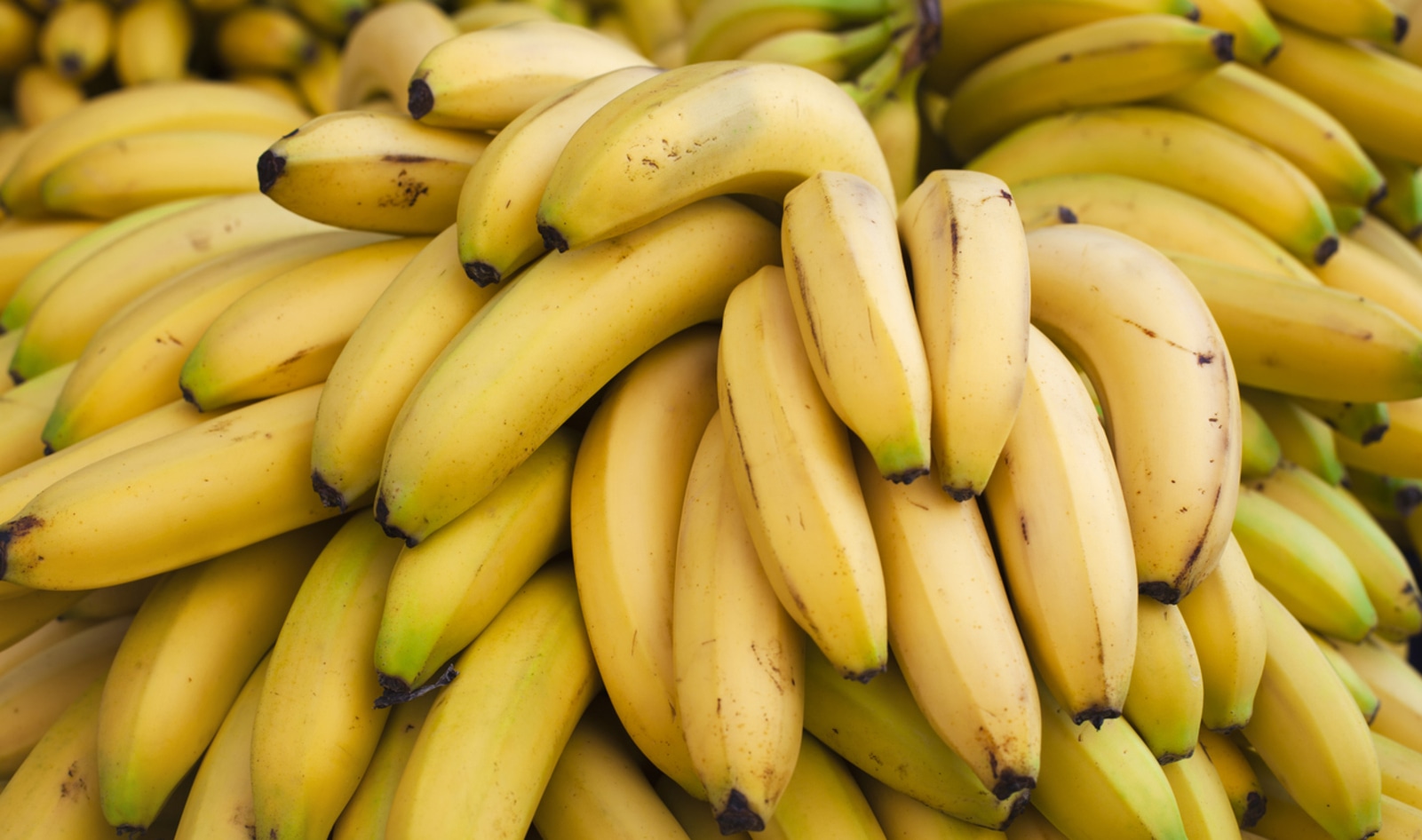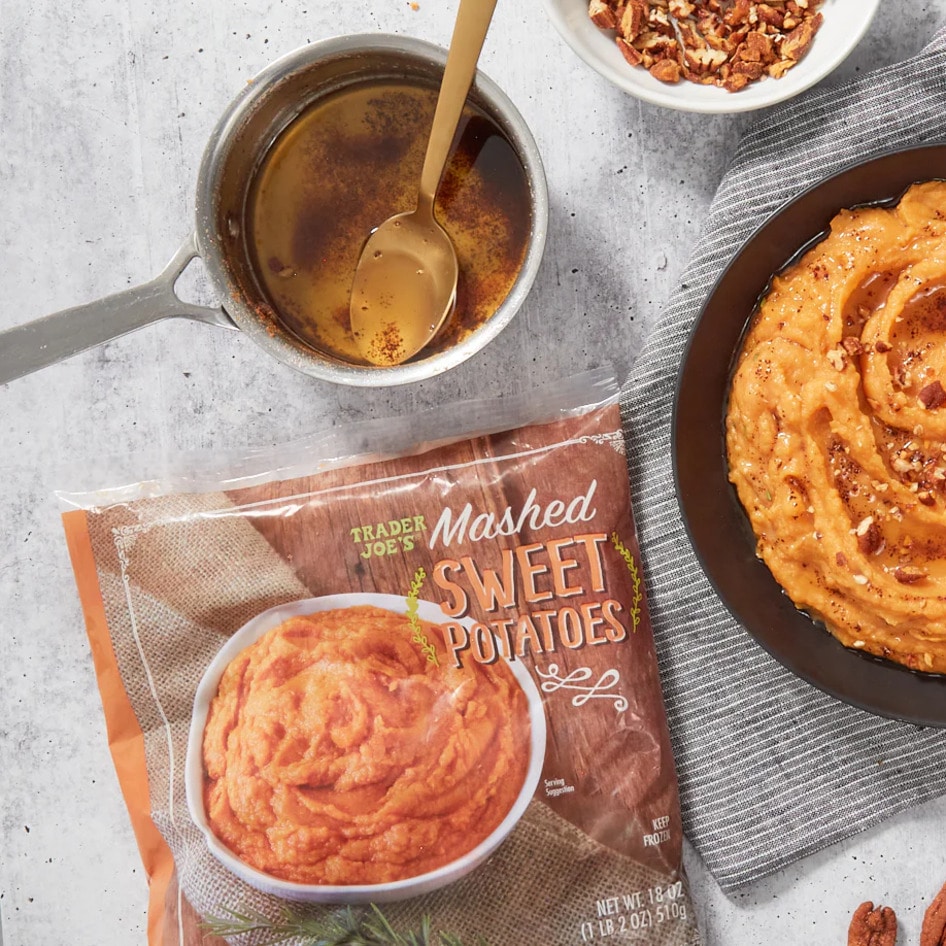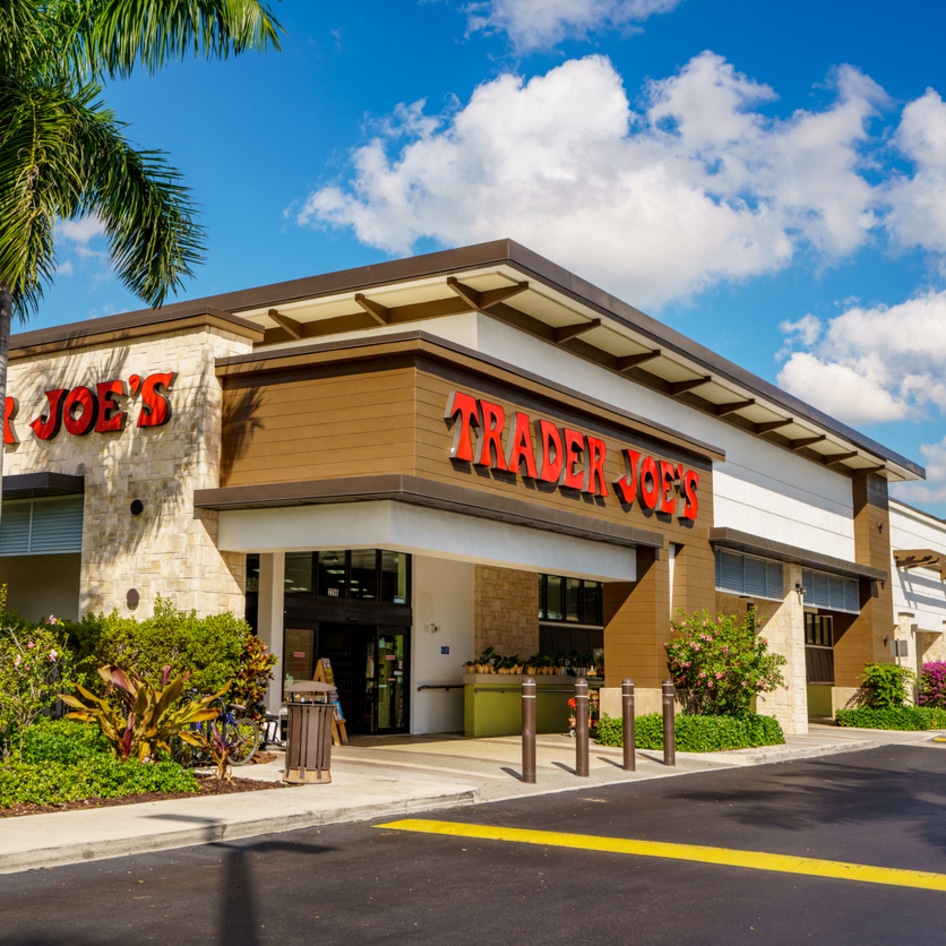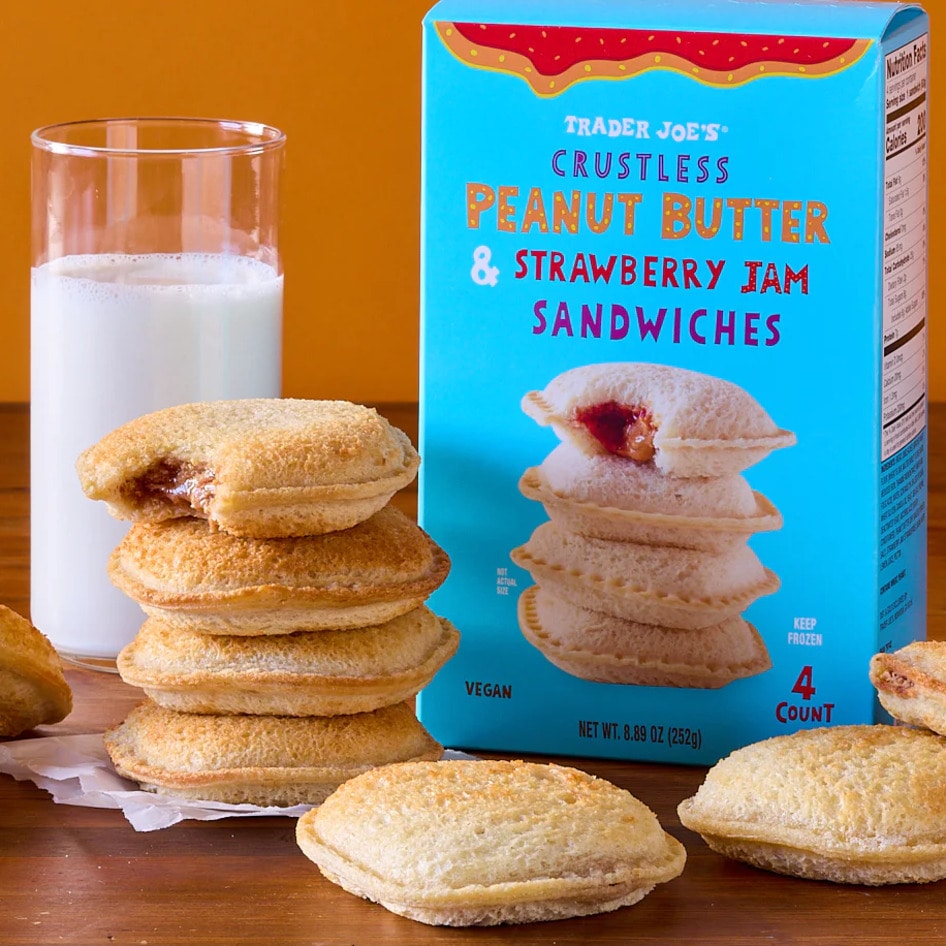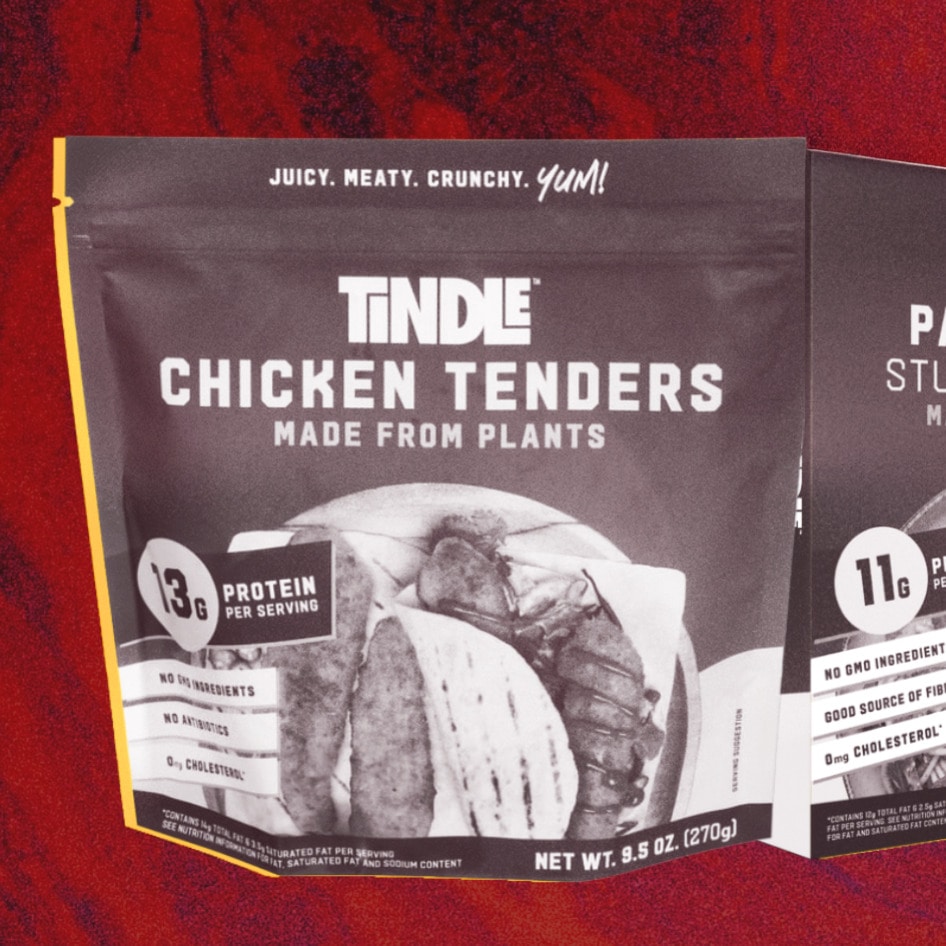Not many things have stayed the same since 2001. Back then, the iPod was brand new, and it would be another six years before the iPhone hit the shelves. There was also no such thing as Facebook, let alone Instagram or TikTok. In many ways, society has completely transformed in the last two decades, but one thing has remained constant. Since 2001, the price of a banana at Trader Joe’s has been 19¢. That is, until now.
Recently, the popular grocery chain, which is known for being budget-friendly, increased the price of an individual banana to 23¢. The increase is, of course, due to inflation. In the past four years, research suggests that grocery prices have climbed by 25 percent in the US. Trader Joe’s had held strong on its banana prices over this period, but it wasn’t sustainable.
“We only change our prices when our costs change, and after holding our price for bananas at 19¢ each for more than two decades, we’ve now reached a point where this change is necessary,” Trader Joe’s Public Relations Manager Nakia Rohde said in a statement.
However, other prices have come down. Raw almonds, romaine hearts, organic tri-color bell peppers, and green onions are now cheaper than they were before. “We have been able to negotiate costs for a number of our products,” confirmed Rohde. “[We] have lowered our retail prices accordingly.”
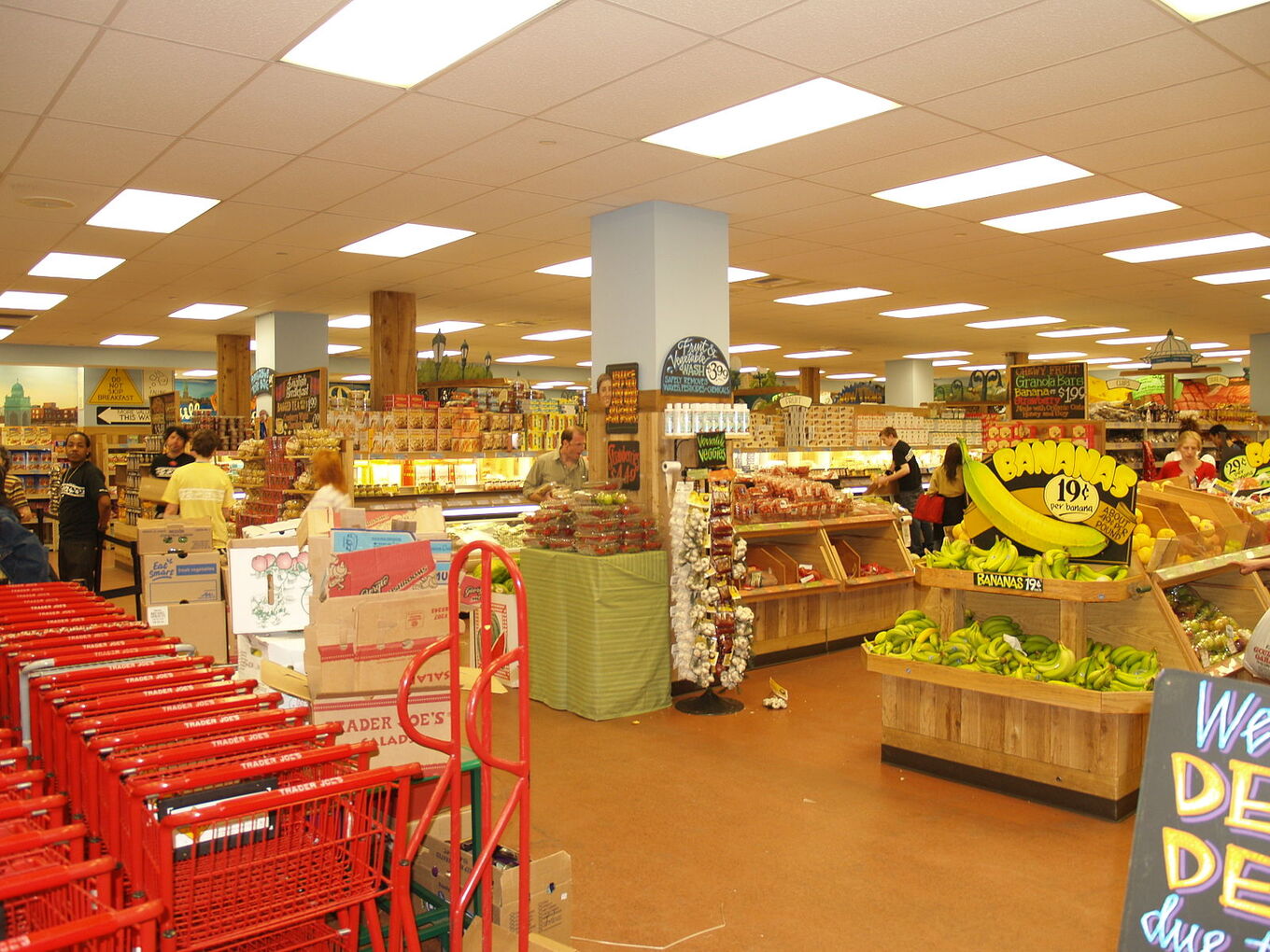 David Shankbone/Wikimedia Commons
David Shankbone/Wikimedia Commons
Trader Joe’s commitment to low prices
While some were outraged by Trader Joe’s decision to raise the price of its bananas, it’s important to note that the chain is still one of the cheapest places in the US to buy the fruit. At Kroger, a single banana will set you back about 25¢ (28¢ if you choose to go organic), and at Walmart, you’ll have to pay around 27¢ for one fresh banana.
Across the board, Trader Joe’s is committed to doing right by the customers who come to its stores looking for a bargain. It keeps costs low via a few tactics—for one, they don’t carry name brands, and nearly everything on its shelves comes from the company’s own private label. But just because you won’t find big brand names at Trader Joe’s, it doesn’t mean you will have to miss out on quality.
“In some other places, the expectation for a store brand or a private label product might be lower than it is for a national brand,” Tara Miller, Trader Joe’s Marketing Director, said on the Insider Trader Joe’s podcast last year. “I think exactly the opposite is true within the four walls of Trader Joe’s.”
“Our customers have an elevated expectation of our private label products because we have taken such great care to develop products with such high-quality standards.”—Tara Miller, Trader Joe’s Marketing Director
Also to keep costs down, Trader Joe’s doesn’t charge its suppliers a fee to stock on its shelves (reducing the need for mark-ups), and it keeps things as simple as possible. Its stores are small, it doesn’t offer bakeries or cafes, and it uses energy-efficient lighting, Taste of Home reports.
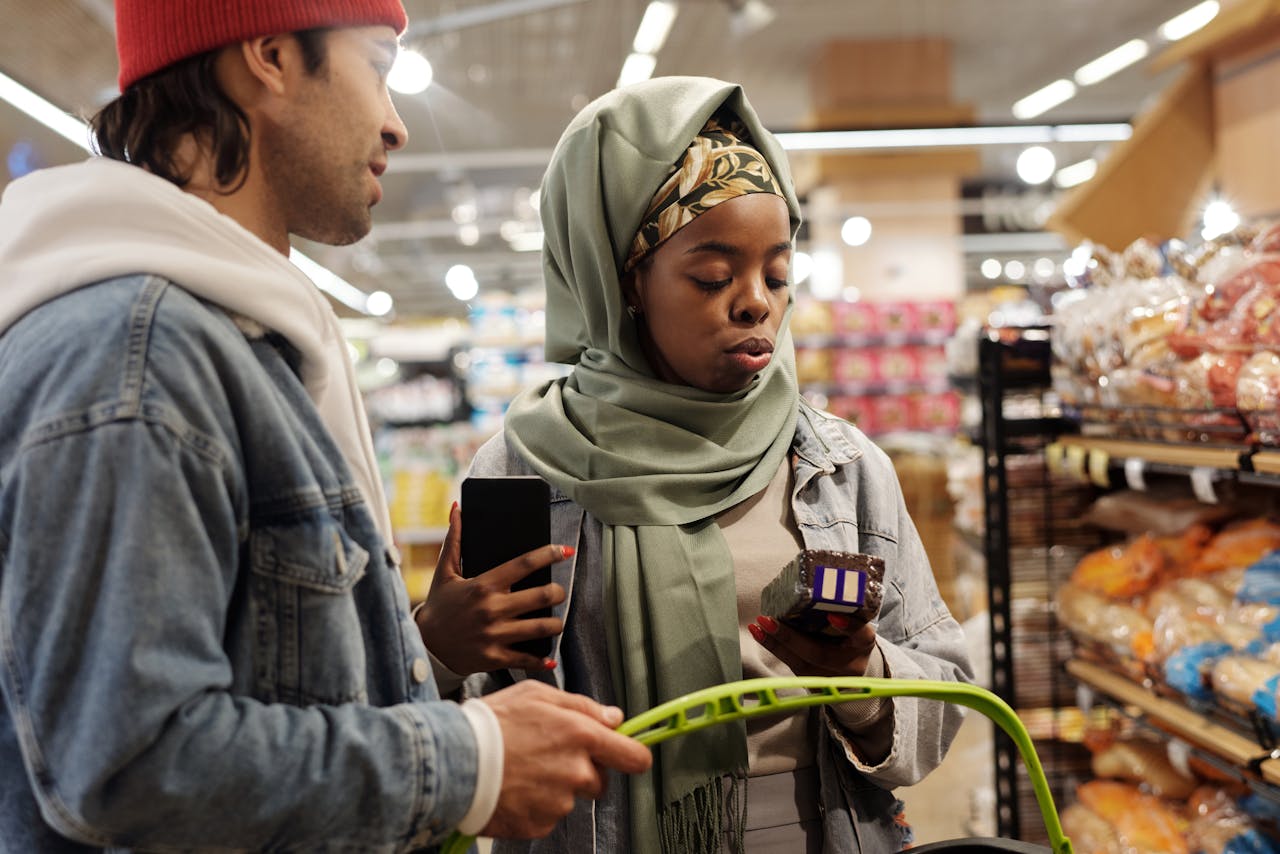 Pexels
Pexels
Climate change threatens food costs
Even with the best intentions, keeping costs down is becoming more challenging. This is for a few reasons, including higher labor costs, but another issue is the climate crisis.
Earlier this year, the World Economic Forum revealed that rising temperatures are already affecting many crops, including rice, potatoes, soybeans, and cocoa. In fact, in February of this year, cocoa prices hit a record high due to exceptionally dry weather in West Africa. And in the fall of 2023, heavy rain across Europe spoiled potato crops.
“There are countless people on social media complaining, but I wish we could bring the conversation to a broader place and really talk about the impact that climate change has on our food supply.”— Phil Lempert, consumer trend-watcher and analyst
Bananas are another climate crisis victim. In March 2024, the World Banana Forum warned that bananas would get more expensive, as diseases that threaten the fruit become more common in warmer temperatures. In 2022, for example, a new fungus started spreading rapidly, targeting the Cavendish banana (that’s the bright yellow type most grocery stores stock).
This, unfortunately, means that the banana cost increase at Trader Joe’s might be the start of continued price hikes. “Trader Joe’s didn’t do a great job in sharing why the price went up,” Phil Lempert, a consumer trend-watcher and analyst, told the Guardian. “The Cavendish banana we all know and love is under siege from this fungus and it very well may be extinct soon.”
For more plant-based stories like this, read:
JUMP TO ... Latest News | Recipes | Guides | Health | Subscribe

